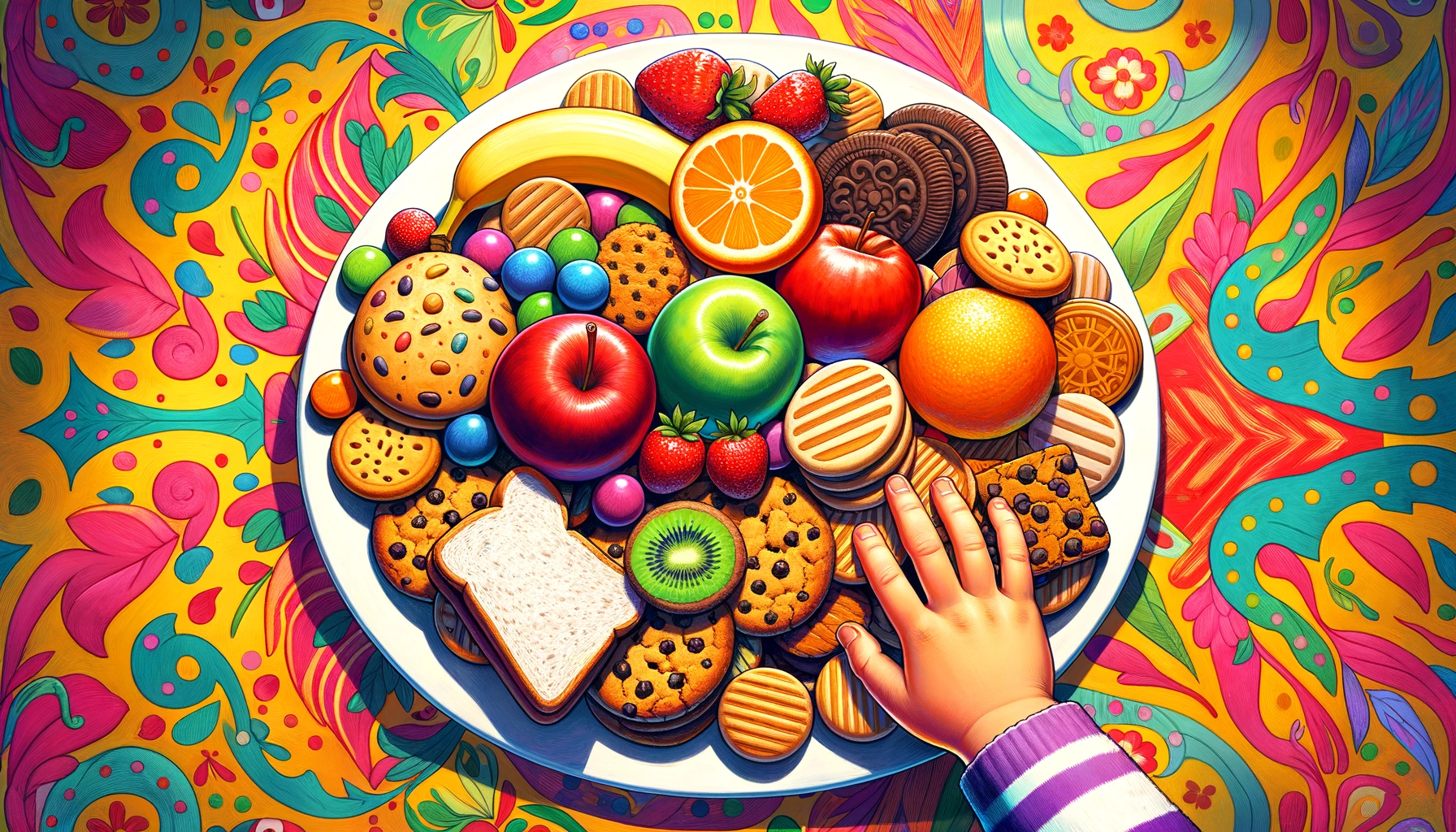In an article currently in press in The American Journal of Clinical Nutrition, a team of scientists studied the food intake of preschool children to examine the relationship between factors such as meal energy density (ED) or meal weight and meal energy intake. Their findings indicate that children’s energy intake increases and then decreases with ED and that this trajectory can be attributed to the fact that high-ED foods are served in limited quantities.
Previous studies have established that at low ED levels, adults consume more food to increase their energy intake. However, after a threshold level, adults begin to adjust their meal size so they do not suffer the effects of over-eating. However, this raised an interesting question. Can children also modify their portion size based on energy intake, or does this ability develop with age?

Study: Children’s energy intake generally increases in response to the energy density of meals but varies with the amounts and types of foods served. Image Credit: Created with the assistance of DALL·E 3
About the study
To answer the question of whether children, like adults, show a breakpoint after which they adjust their portion size in response to increasing ED levels, researchers looked at childcare centers that serve preschool children with familiar foods and allow them to select their meals and portion sizes. They conducted two randomized crossover trials taking place over 5 days.
At both centers, staff varied the daily menus concerning the amounts and types of foods they served. The data thus included 30 menus, all of which met the nutritional guidelines for childcare programs in the United States. In total, the researchers studied 6355 meals that were provided to 94 children between the ages of 3 and 5 years. Participating children did not have food restrictions, allergies, or other health issues which could affect their participation.
Meals included the ‘main meals’ as well as snacks. Main dishes or grain and protein-based ingredients and sides of fruits and vegetables were provided during breakfast, lunch, and dinner. A cereal bar was provided for the morning snack. Afternoon and evening snacks included items rich in fruits, vegetables, grains, milk, and meat and meat substitutes.
During these snack times, the researcher provided both low-ED options as well as high-ED options. To meet nutritional guidelines, high-ED items were provided in smaller quantities, while low-ED items were provided in larger quantities. All food items were carefully weighed to ensure that consumption could be monitored closely. Physical activity undertaken by the children was also logged, and body weight status was calculated. Parents were asked to provide demographic information for their children and fill up a Children’s Eating Behaviour Questionnaire.
Researchers analyzed this dataset using linear mixed models with repeated measures to characterize the trajectory of the relationship between meal energy intake and meal ED (both served and consumed).
Findings
Out of the 94 children, 53% were male and 47% were female. Among the 87 who provided anthropometric information, 13 were classified as overweight or obese, while 2 were underweight. The children were predominantly white (69%), with fewer numbers of Asian, Black or other ethnicities.
On average, children consumed nearly 1000 kilocalories per day, which met their estimated energy requirements (based on children for whom anthropometric information was available). Food at main meals contributed 43% of daily weight consumed, while snacks contributed 24% and milk 33%. On average, main meals contributed half of the daily energy intake, while snacks provided 36%, and milk 14%. The mean daily ED consumed by children was 1.4 kilocalories per gram.
During main meals, the ED consumed by the children was slightly lower than the ED that had been served to them. Notably, ED consumed was higher than ED served during snack times. This indicates that the children preferentially ate more high-ED snack items and fewer low-ED snack items. The energy intake throughout the day was positively associated with menu characteristics such as portion size, ED, and food weight served. Overall, children’s energy intake increased and then decreased with ED. This trajectory could be attributed to the fact that high-ED foods were served in limited quantities and not because of a breakpoint similar to that seen in adults.
Conclusions
Using measured food intakes of preschool children, the researchers found evidence that energy intake during meals increased with food weight and ED, both in terms of food consumed and food served. However, they did not find indications that children unconsciously have a threshold level or breakpoint of consumed ED, after which they reduce their energy intake. In fact, it appeared that the availability of high-ED foods was limiting intake.
The study was rigorously conducted, following children through all their mealtimes (main meals and snacks) over the course of five consecutive days. However, menus were limited in terms of high-ED food availability, which may not be the case for all children. All the participants were also from high-education and high-income households, making the findings less generalizable to other groups.
This study yields exciting findings on the multi-faceted relationship between ED intake and food availability. Further studies, the authors hope, will use experimental frameworks to test these relationships and provide important insights into human nutrition.